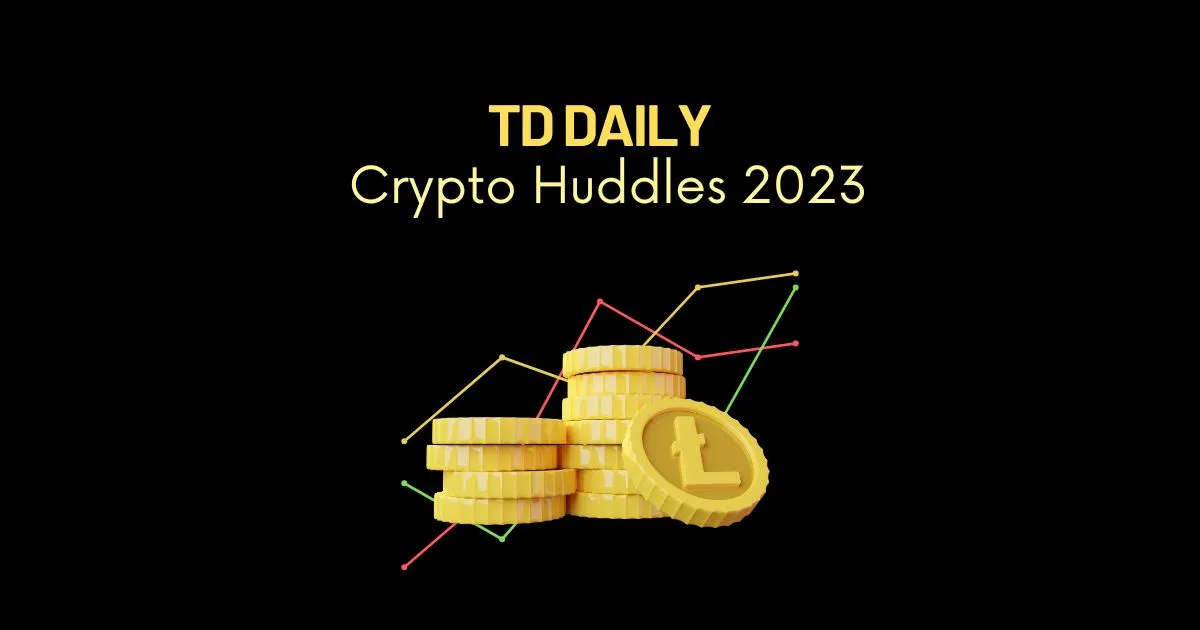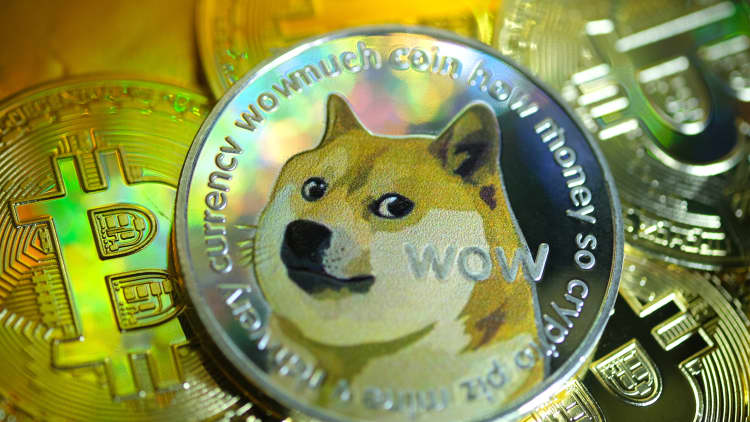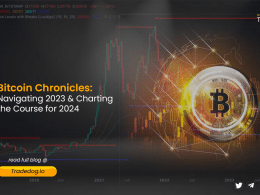The recent legal battles between the U.S. Securities and Exchange Commission (SEC) and major cryptocurrency exchanges Binance and Coinbase have sent shockwaves throughout the altcoin market. As the SEC cracks down on these prominent platforms, a cloud of uncertainty looms over the fate of numerous altcoins. In a sweeping lawsuit, the regulatory body has classified several prominent cryptocurrencies, such as Cardano, Solana, Polygon, and others, as securities. This pivotal development has led to a sharp decline in the pricing and overall market sentiment surrounding these affected altcoins.
The once-promising landscape of alternative cryptocurrencies now faces a tumultuous journey as investors, developers, and enthusiasts grapple with the implications of the SEC’s actions. In this blog post, we delve into the severe impact of the SEC’s stance on altcoins, exploring the consequences for both the affected projects and the wider cryptocurrency ecosystem.
(Note: The write-up is heavily inspired by the recently published report titled “ A Flight to Safety” by K33 Research)
Implications of the SEC Lawsuits
The recent charges filed by the SEC against Binance and Coinbase have created significant turmoil in the market. This has especially affected tokens that have been identified as Digital Asset Securities in legal documents. Interestingly, the combined market share of BTC, ETH, and stablecoins has now reached 80.50%, marking the first time since February 2021. Moreover, with the exception of SOL, all the coins mentioned as potential securities in the filing have experienced negative returns since the BTC reached its lowest point on November 21, 2022.
The current state of uncertainty has various implications, primarily leading institutional investors to exercise caution when it comes to allocating funds to altcoins. The regulatory landscape surrounding the implicated tokens remains unclear, and this may deter investors from actively participating. Institutional funds are likely to adopt a hands-off approach due to the additional compliance work and the overall low trading volumes. Consequently, this could further limit liquidity and potentially result in an extended period of sluggish market conditions.
The Underperformance of the Altcoins
The crypto market has witnessed a significant shift towards Bitcoin (BTC) and stablecoins. BTC’s performance has been relatively stagnant in the past week, with a temporary recovery last Tuesday triggered by a notable short squeeze. However, the price gradually declined in the subsequent days, leading to a second retest of the February high levels, reaching around $25,300. While Ethereum (ETH) has shown a slightly weaker performance compared to BTC, it has exhibited resilience when compared to other alternative coins (altcoins).
Binance Coin (BNB), on the other hand, has experienced a significant decline (-14%) in comparison to BTC and ETH, largely due to the challenging week faced by Binance. If this trend continues, there is a possibility of a substantial liquidation event on-chain. Such an event could potentially disrupt the markets and increase the desire to short BNB. It’s worth noting that the open interest in BNB has grown by 42% since June 4, indicating heightened market attention towards potential shorting opportunities.
Closing Thoughts
In conclusion, the recent legal battles between the SEC and major cryptocurrency exchanges have cast a cloud of uncertainty over the future of altcoins. The classification of prominent cryptocurrencies as securities have resulted in a sharp decline in pricing and market sentiment for these affected altcoins. The implications of the SEC’s actions have far-reaching consequences, affecting not only the projects directly involved but also the wider cryptocurrency ecosystem. Institutional investors are likely to exercise caution, leading to limited liquidity and sluggish market conditions.
The underperformance of altcoins compared to Bitcoin has further exacerbated the situation. As the era of diverse cryptocurrencies faces a crisis, investors, developers, and enthusiasts must navigate this challenging landscape and adapt to the evolving regulatory environment.











